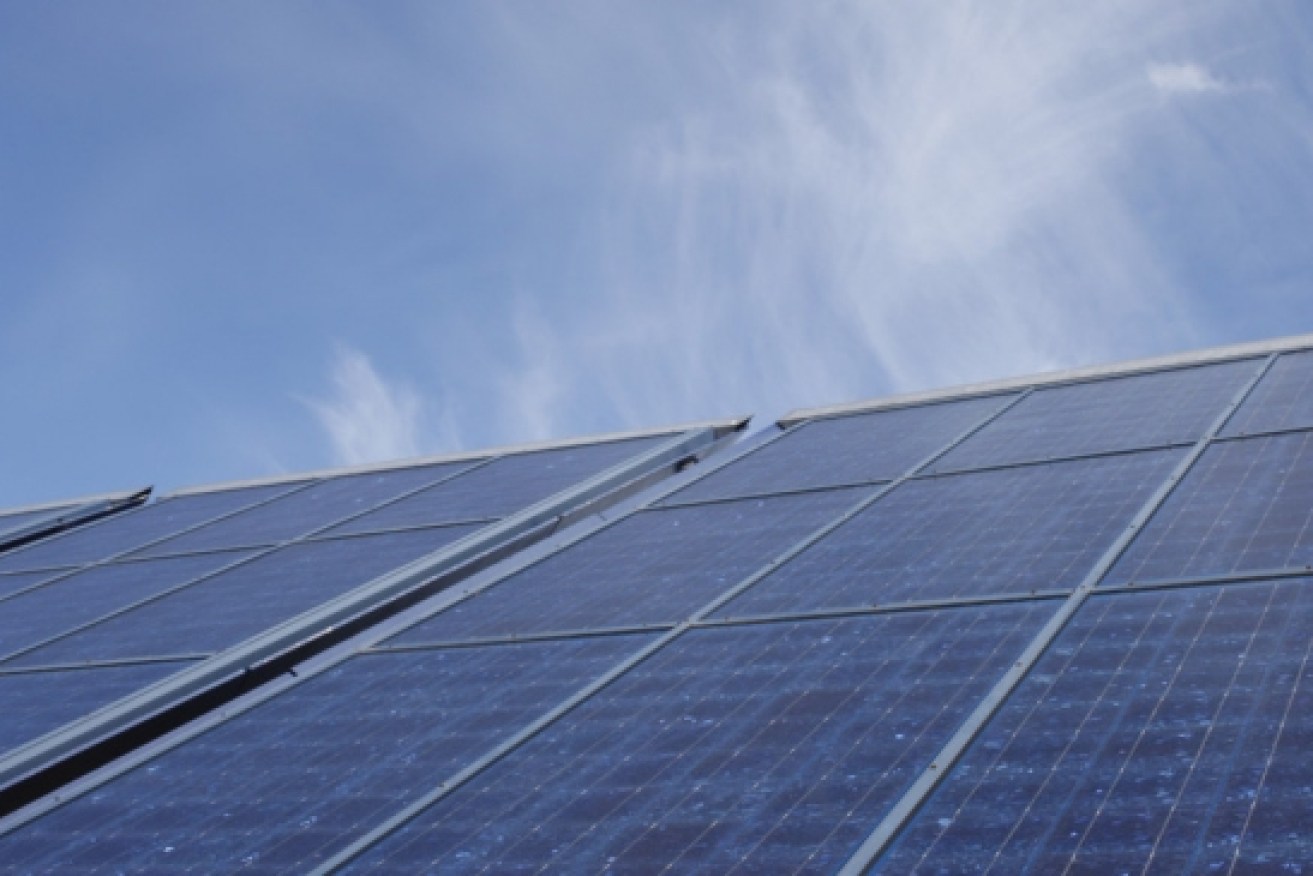The closure of Alinta Energy’s Leigh Creek Coal mine and two Port Augusta power stations will cost 438 jobs in South Australia, but over several years this could be transformed into an opportunity to create many new jobs in renewable energy.
South Australia’s wind and solar resources are huge, and SA is already the leading Australian state in non-hydro renewable energy utilisation, with about 40 per cent of its annual electricity consumption coming from wind and sunshine.
State electricity supply has operated reliably and stably for hours when the contribution of variable renewable energy reached two-thirds of demand, and wind power and gas coped admirably recently when the coal-fired Northern power station went unexpectedly offline.
The SA electricity system could be operated entirely on scaled-up, commercially available, renewable energy sources. This is the conclusion of the studies underlying my report to the Conservation Council of South Australia, now available online.
Our hourly simulation modelling at University of New South Wales shows the South Australian system could be supplied by a combination of variable renewable energy sources (wind and solar PV), and flexible, dispatchable sources (biofuelled gas turbines and concentrated solar thermal power with thermal storage).
It is the combination of variable and flexible sources that is the basis for reliability.
Gas-fired turbines and demand management via “smart” meters and switches would manage the infrequent small lulls in wind and solar supply. Gas turbines have low capital cost and, if operated infrequently, low running costs. For optional extra reliability, the possibility of providing seawater-pumped hydroelectricity in the hills near Port Pirie and Port Augusta could be investigated.
Our simulations show that SA does not need any baseload power stations, such as coal or nuclear. Indeed, the lack of operational flexibility of coal and nuclear makes them poor partners for high penetrations of variable renewable energy.
Given the political will, we estimate the renewable energy transition would take 15 to 20 years, during which time the natural gas fuel for gas turbines would be replaced by biofuels from agricultural residues – thus making the system fully renewable. There would be increased trading of electricity with Victoria and possibly over a new direct transmission link to NSW.
In Europe, moving to 100 per cent renewable energy is not controversial. The north German states of Mecklenburg-Vorpommern and Schleswig-Holstein are already operating on 100 per cent net renewable electricity, mostly from wind. The “net” indicates trading with each other and their neighbours. Denmark is on track to achieve its goal of 100 per cent renewable electricity and heat by 2035.
South Australia has the advantage over northern Europe in that it is very sunny as well as windy.
Moving fully to renewable energy will deliver environmental, social and economic benefits. The transition will reduce SA’s greenhouse gas emissions, air pollution and associated respiratory diseases. Once the initial investments have been made, it will cap electricity prices.
SA could create a wide range of new jobs in manufacturing, installation, grid connection, technical support and sales, which could help to compensate for the job losses in its coal industry.
The key policies needed are a state renewable energy target together with a reverse auction system for commissioning wind farms and solar power stations, as in the ACT. The winning bidders are paid by feed-in tariffs or “contracts for difference”.
As for nuclear, the multinational financial analyst Lazard estimates the average costs of subsidised new nuclear energy in the US in 2017 to be 12.4-13.2 US cents per kilowatt hour (kWh), compared with unsubsidised costs of 3.7–8.1 c/kWh for onshore wind, and 7.2–8.6 c/kWh for large-scale solar PV.
For Britain’s proposed new nuclear power station Hinkley C, the subsidies are enormous. The UK government is offering a guaranteed price of 9.25 p/kWh (14 US c/kWh) increasing with inflation for 35 years. Thus new nuclear energy prices are roughly double those of onshore wind, and also higher than those for solar farms.
Compared with nuclear power, an appropriate mix of renewable energy sources is just as reliable, less dangerous, cheaper, emits less carbon dioxide over its life-cycle, offers a wider range of environmental, health and employment benefits, can be implemented much more rapidly, and is more likely to enjoy community support.
A nuclear power station would take several years, or forever, to gain public support, plus 15 years for infrastructure and construction. What’s more, a nuclear power station (600 megawatts or more) would be too big for the SA grid system, and smaller “modular” reactor designs are not commercially available. By the time nuclear could be brought online, SA could have 100 per cent renewable electricity.
Renewable energy, in contrast, is technically and economically feasible, and environmentally and socially desirable.
Dr Mark Diesendorf is Associate Professor and Deputy Director of the Institute of Environmental Studies at University of NSW.





